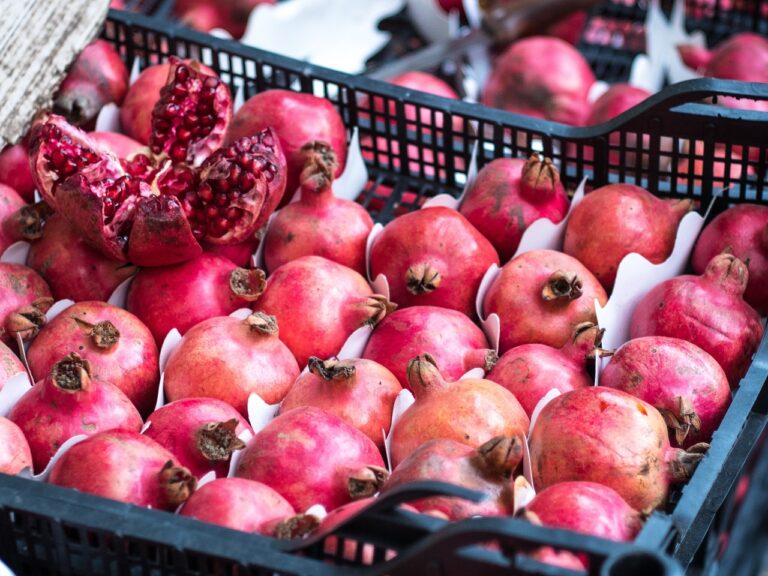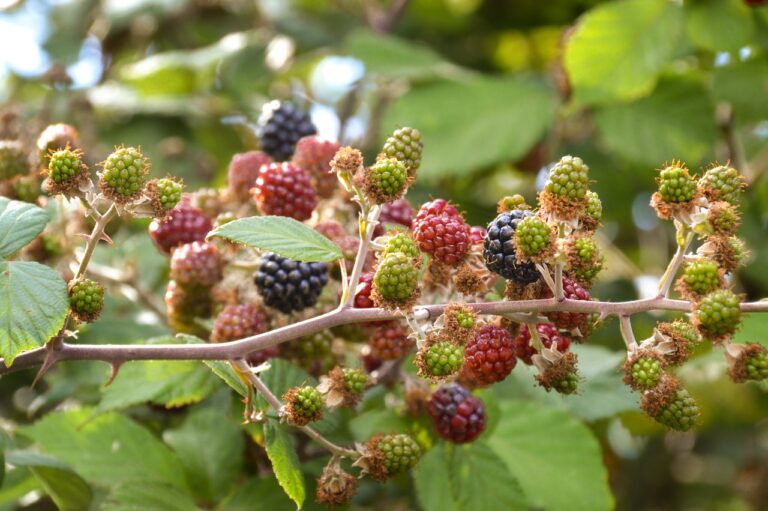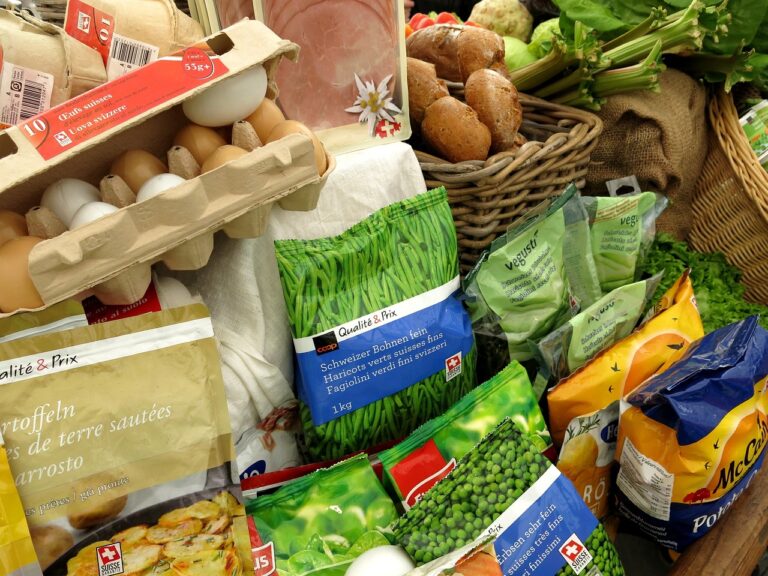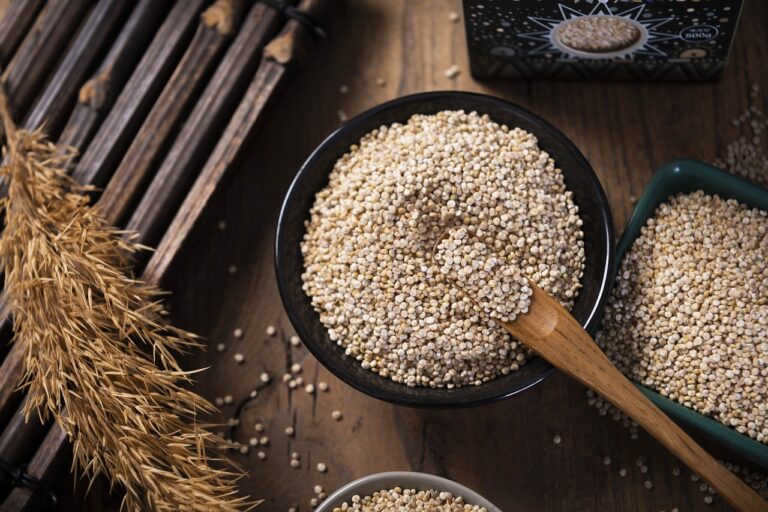Analyzing the Influence of Food Texture on Pet Food Preference and Satisfaction: 11xplay reddy login password, Diamondexch9 id, Skyexchange id
11xplay reddy login password, diamondexch9 id, skyexchange id: Analyzing the Influence of Food Texture on Pet Food Preference and Satisfaction
When it comes to our beloved pets, we always want to provide them with the best possible nutrition. Understanding what influences their food preference and satisfaction is crucial in ensuring they are healthy and happy. One important factor that often gets overlooked is food texture.
Texture plays a significant role in how pets experience their food. Just like humans, pets have preferences when it comes to the texture of their food. Some may prefer crunchy kibble, while others may enjoy the softness of canned food. Analyzing the influence of food texture on pet food preference and satisfaction can help us better cater to our furry friends’ needs.
In this article, we will delve into the importance of food texture for pets, how it can affect their eating habits, and what factors to consider when choosing the right texture for your pet’s food.
The Importance of Food Texture for Pets
Food texture is more than just a sensory experience for pets. It can impact their overall health and well-being. The way food feels in their mouths can influence how quickly they eat, how much they enjoy their meals, and even how well they digest their food.
Different textures can also provide different benefits for pets. For example, crunchy kibble can help promote dental health by reducing plaque and tartar buildup. Soft, wet food can be easier for pets with dental issues or older pets to chew and digest. By understanding the importance of food texture, we can better tailor our pet’s diet to meet their individual needs.
How Food Texture Affects Pet Food Preference
Pet food preferences can vary widely among individual animals. While some pets may have a strong preference for one type of food texture, others may be more flexible in what they eat. Understanding how food texture affects pet food preference can help us cater to their likes and dislikes.
Pets may develop preferences for certain textures based on their past experiences, genetics, and even their individual personalities. Some pets may prefer the sensory experience of crunchy kibble, while others may enjoy the moisture and softness of canned food. By observing our pets’ eating habits and preferences, we can better understand what textures they enjoy and tailor their diet accordingly.
Factors to Consider When Choosing the Right Food Texture for Your Pet
When selecting a food texture for your pet, there are several factors to consider. These include your pet’s age, size, breed, health conditions, and individual preferences. Older pets or those with dental issues may benefit from softer textures, while younger, healthier pets may enjoy the crunchiness of dry kibble.
It’s essential to consult with your veterinarian to determine the best food texture for your pet’s specific needs. They can provide guidance on which textures may be most suitable based on your pet’s health and dietary requirements. Experimenting with different textures and observing your pet’s response can also help you determine what they prefer.
FAQs
1. Q: How do I know what food texture is best for my pet?
A: Consulting with your veterinarian is the best way to determine the ideal food texture for your pet. They can provide personalized recommendations based on your pet’s individual needs.
2. Q: Can I switch my pet’s food texture if they don’t like it?
A: It’s essential to introduce new textures gradually to allow your pet to adjust. If your pet does not like a particular texture, consult with your veterinarian for guidance on how to switch their diet effectively.
3. Q: Are certain food textures better for pets with dental issues?
A: Soft, wet food textures may be more suitable for pets with dental problems, as they are easier to chew and digest. However, crunchy kibble can help promote dental health by reducing plaque and tartar buildup.
4. Q: Can food texture impact my pet’s overall health?
A: Yes, food texture can play a significant role in your pet’s overall health and well-being. Choosing the right texture can help promote better digestion, dental health, and overall satisfaction with their meals.
In conclusion, analyzing the influence of food texture on pet food preference and satisfaction is crucial in ensuring our furry friends’ health and happiness. By understanding the importance of food texture, how it affects pet food preference, and what factors to consider when choosing the right texture for your pet, you can provide them with a diet that meets their individual needs. Consult with your veterinarian for personalized guidance on selecting the best food texture for your pet, and observe their eating habits to determine what textures they enjoy. Your pet will thank you for it with wagging tails and purrs of contentment.







